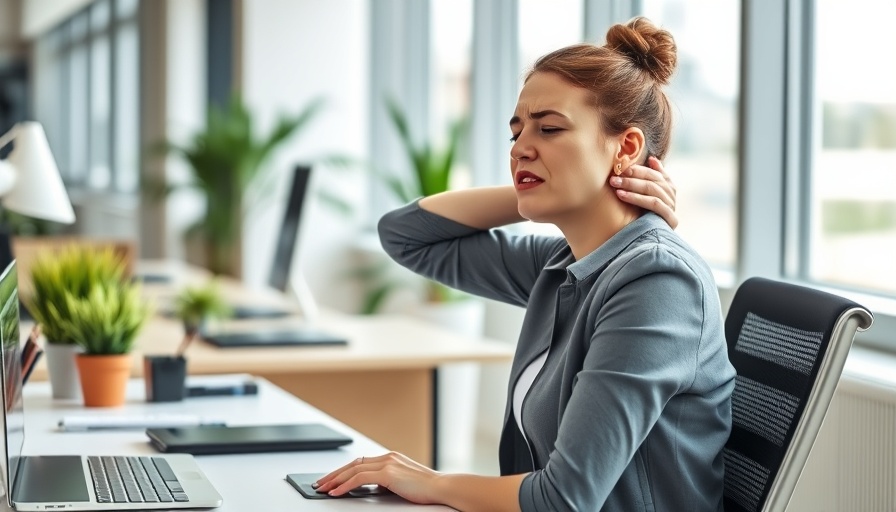
Celebrate Father’s Day with Meaningful Gifts
This Father’s Day, let’s break away from the usual ties and coffee mugs and opt for gifts that pamper and support Dad’s health. Health and wellness gifts are on the rise, tapping into the growing need for comfort in our increasingly sedentary lifestyles. Equip your dad with gifts that not only show you care but also improve his quality of life!
Understanding the Importance of Health and Wellness Gifts in 2025
In today’s world, many fathers are grappling with the consequences of long hours at a desk, extensive commutes, and even hours spent playing video games or watching television. Such a lifestyle isn’t just tiring—it leads to actual physical discomfort like lower back pain, poor posture, and even fatigue during what should be the relaxing moments of his day.
This is where the value of health-focused gifts comes into play. Gifts that blend comfort with wellness serve not only as thoughtful gestures but also as investments in Dad’s long-term health and daily happiness.
The Top Health and Wellness Gifts for Dads That Deliver Real Benefits
If you’re wondering what specifically makes health and wellness gifts worthwhile, here are several outstanding options that are bound to resonate with fathers everywhere:
- Ergonomic Cushions: Consider BOD Support cushions. These ergonomic wonders are designed to provide immediate relief from discomfort and promote better posture. By gifting these, you're offering Dad a way to turn any sitting situation into a more pleasant experience.
- Massage Tools: Look for handheld massagers or massage guns that help relieve tension and reduce soreness after a long day. These tools can significantly enhance Dad's recovery after physical activities.
- Fitness Trackers: Encourage an active lifestyle without sounding like a nag. Fitness trackers motivate dads to monitor their activity levels while maintaining an eye on health markers.
- Essential Oils or Diffusers: Help Dad unwind with relaxation aids. Aromatherapy products can transform his home into a haven of tranquility.
- Subscription to Wellness Apps: Whether it's yoga, guided meditation, or at-home workouts, fitness apps foster a healthier lifestyle in a fun and engaging way.
How to Personalize Your Health and Wellness Gift
Choosing a thoughtful gift isn’t just about picking something from a list; it’s about understanding what will resonate with Dad personally. Think about what he enjoys or might explore. Is he having back pain from long hours at work? An ergonomic seat cushion could be a lifesaver. Does he love relaxation time? A massage tool or essential oils might be the perfect fit.
Make your gift extra special by personalizing it. You can write a heartfelt note expressing your appreciation and love, or even include a voucher for a day out together to enjoy some activity he loves—like a hike or a game day to make new memories.
The Emotional Impact of Choosing the Right Gift
Choosing the right gift can carry profound emotional weight. A functional yet thoughtful present communicates your recognition of his hard work and an understanding of his needs. It's a way to reinforce your bond and express gratitude for his role in your life.
Conclusion: Take Action This Father’s Day
In conclusion, opting for a health and wellness gift this Father’s Day is more than just a trend; it’s a way of showing genuine care for your dad's life and well-being. Consider making the commitment to invest in his comfort, health, and happiness. Dads deserve it! So go ahead, choose a gift that he will truly appreciate, and let your gesture be one that speaks to his needs on so many levels.
As you shop for gifts this season, remember the importance of investing in your dad’s well-being. It’s never too late to encourage a healthier, happier lifestyle!
 Add Row
Add Row  Add
Add 




 Add Row
Add Row  Add
Add 

Write A Comment